Wallaces Line is a concept that marks the boundary between two biodiversity regions within the Indonesian archipelago and was named after Alfred Russel Wallace—a British naturalist who played a key role in developing the theory of natural selection with Charles Darwin.This demarcation is considered a biogeographical division in nature and extends from Borneo to Sulawesi while also running south, between Bali and Lombok. It essentially separates the animal populations of Asia from those of Australasia. This article explores the beginnings of Wallaces Line and its importance in biology as well as the distinct features of plants and animals on both sides.
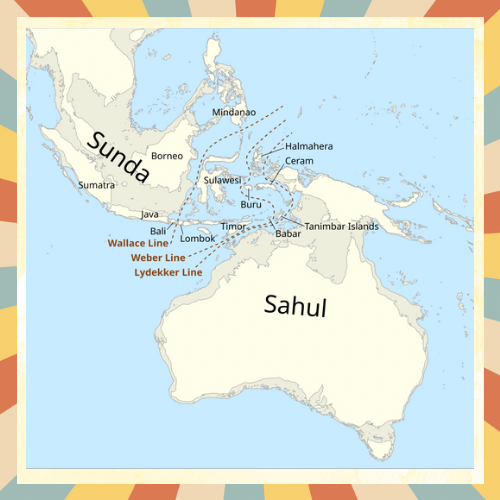
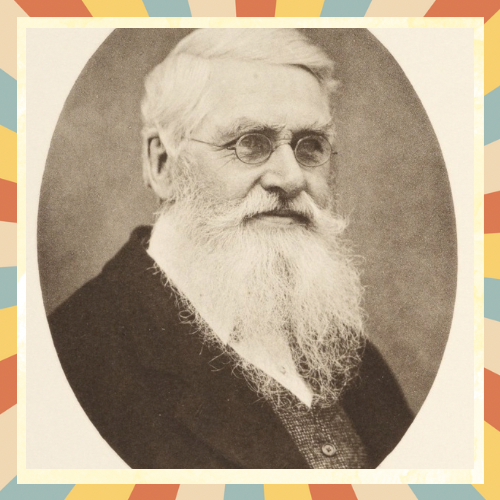
The beginnings of Wallace’s Line.
In the nineteenth century when exploration was at its peak alongside scientific investigations; the notion of Wallaces Line surfaced to prominence in the intellectual realm of that era. Alfred Russel Wallace dedicated a span of eight years from 1854 to 1862 to delve into the mysteries of the Malay Archipelago where he made an observation; a notable contrast in animal species distribution between the islands situated westward of the demarcated line (nearer to Asian territories) as opposed to those lying towards Australias borderlands. Illustratively speaking; lands like Borneo and Sumatra harbor wildlife emblems commonly associated with terrains. Exemplified by creatures like tiger denizenship, alongside rhinoceroses and primates habitats thriving in abundance. The Lesser Sunda Islands host creatures that share closer ties with Australian wildlife such, as marsupials and a diverse range of distinct bird species.
The line showcases the geological past of the area. In the time of the Ice Ages decreased sea levels formed land connections which enabled animals to migrate between the islands and the Asian mainland. Nevertheless, significant oceanic trenches, like the Lombok Strait acted as obstacles blocking species from traveling between the continents of Asia and Australia. Consequently this led to the distinction of species that we see today.
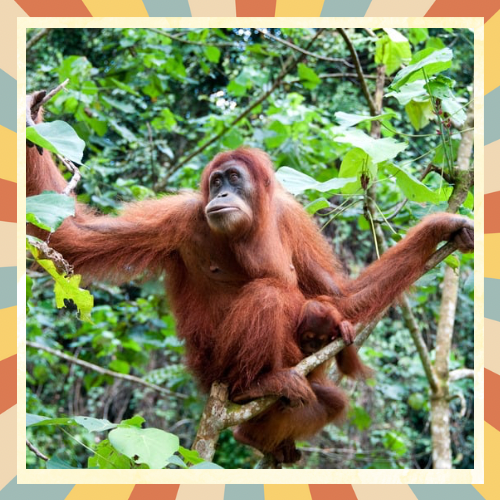
Exploring the Rich Diversity of Flora and Fauna in Asia
To the west of Wallaces Line lies a region where the wildlife is mostly Asian in nature. Lush rainforests on islands such as Sumatra, Borneo, and Java are home to a range of species that are unique to this part of the world. This area is known for its population of mammals, like orangutans, elephants and leopards. Borneo stands out as the largest island globally renowned for its rich biodiversity featuring one of the planets oldest rainforests. In the greenery of the jungles reside the Bornean pygmies—an elephant species distinct for their smaller size compared to other Asian elephants, with notably large ears and long tails brushing against the ground.
Bird species also exhibit diversity in the Asian region located across Wallaces Line boundary line. The hornbill stands out with its protrusion on top of its beak as a prominent illustration of this diversity. This avian creature serves a function, within the ecosystem by dispersing seeds thereby supporting the forests development and renewal.
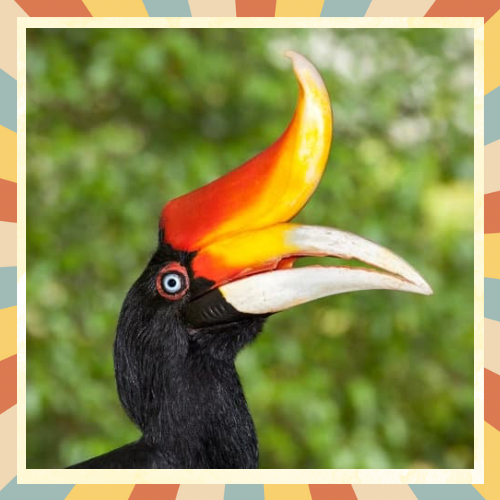
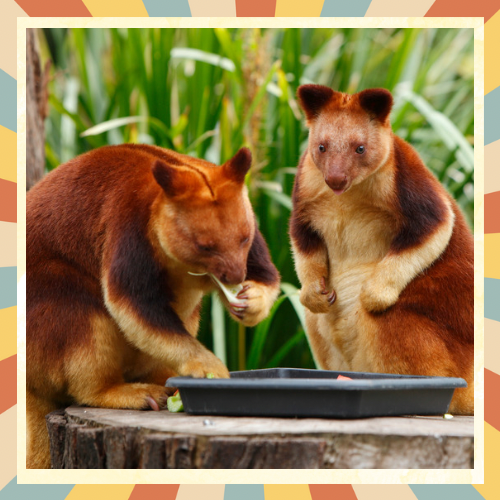
Exploring the variety of life in the region.
To the east of Wallace’s Line lies a region where the wildlife shows similarities of Australia and New Guinea than Asias typical large mammals, like marsupials such as cuscuses and tree kangaroos are prevalent here instead of large mammals, in Sulawesi and the Lesser Sundas you can find species that have followed unique evolutionary paths often evolving in isolation.
On Sulawesi Island specifically noted for its species found nowhere else in the world like the anoa, a diminutive water buffalo and the babirusa, a wild pig sporting peculiar tusks that curve upward unusually and the tarsier. Among the tiniest primates with large eyes suited for nighttime activities.
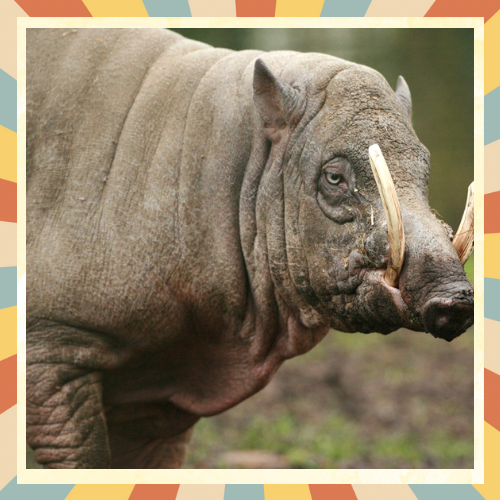
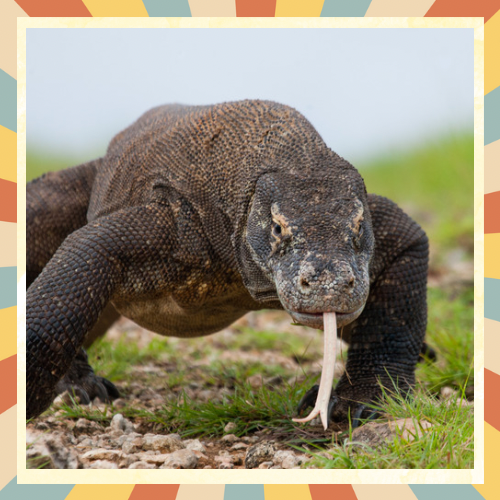
The bird population on the side is truly fascinating as well. There’s the malée bird to Sulawesi with its unique breeding habits. It lays eggs in volcanic sand or other hot surfaces and lets external heat do the work of hatching them. Over in the Lesser Sunda Islands sits the mighty Komodo dragon as the predator. This massive lizard holds the title for being the worlds largest. Can reach lengths of up to 10 feet while hunting down large prey like water buffalo.
The area known as the Wallacean region.
The region called Wallace is located between two shelves and serves as a transition zone where a blend of Asian and Australasian species can be found living together harmoniously. This area comprises islands like Sulawesi, the Moluccas and, the Lesser Sundas. Wallace is known for its diversity of unique species that have evolved over time due, to the regions isolation and diverse habitats.
Wallacea stands out as a region brimming with wildlife that cannot be found anywhere else on Earth. One notable inhabitant of Sulawesi is the Sulawesi macaque; a primate distinguished by its black fur and unique hair crest atop its head. Moreover, on this island resides the Sulawesi pygmy squirrel. The smallest squirrel known to us measuring a mere 7 to 8 centimeters in body length.
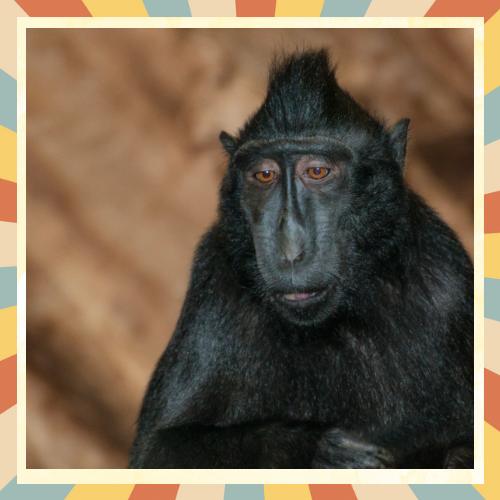
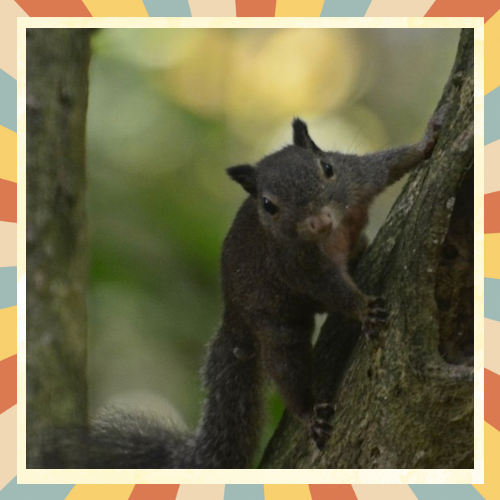
The impact of forces on evolution
Wallaces Lines presence can be linked to the geological past of the region in question, over millions of years through tectonic actions molding the islands and waters of the Indonesian archipelago into deep oceanic trenches and volcanic arcs that have served as barriers hampering species migration and fostering distinct faunal zones.
To the west lies the Sunda Shelf which acts as a bridge connecting the islands to mainland Asia during times of sea levels like the Pleistocene glaciations This phenomenon allowed for the migration of Asian species to islands such as Sumatra, Borneo, and Java. On the other hand, the Sahul Shelf serves as a link between Australia and New Guinea along, with nearby islands facilitating the spread of Australasian species.
The deep and mysterious waters of the Wallace Lines valleys such, as the Lombok Strait and the Makassar Strait have acted as barriers to prevent different species from mingling between the two continental shelves over time. Consequently the plants and animals found on either side of Wallaces Line have developed independently contributing to the range of life forms and unique species we see today.
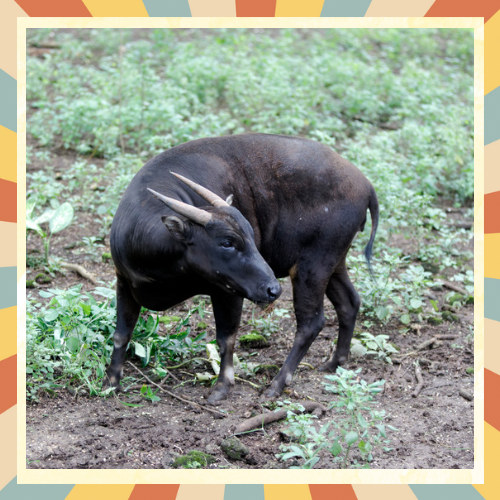
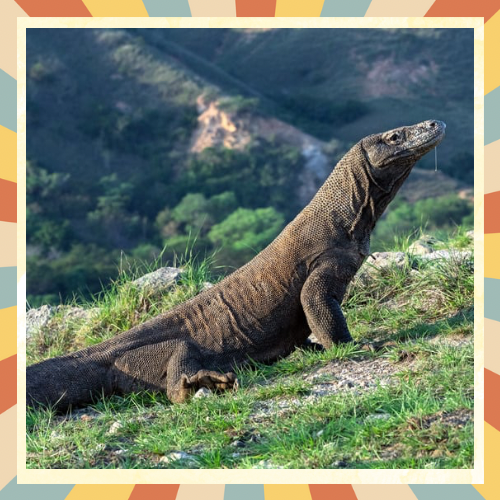
Interesting Tidbits About Wallaces Line
Wallace had an understanding of nature making significant contributions ahead of his time with his keen observations and deduction abilities despite lacking modern genetic tools or awareness of plate tectonics.
The land of the Komodo Dragon is a place to explore as these magnificent creatures are exclusive to the islands of Komodo and Rinca in Australasia and have grown into the biggest lizards on the planet due to their unique evolution in isolation.
Mysterious Marsupials. Many marsupials can be found in the part of Wallaces Line that are typically found in Australia such as tree kangaroos and the spotted cuscus; showing a significant connection in wildlife, between the islands of Wallace and Australia.
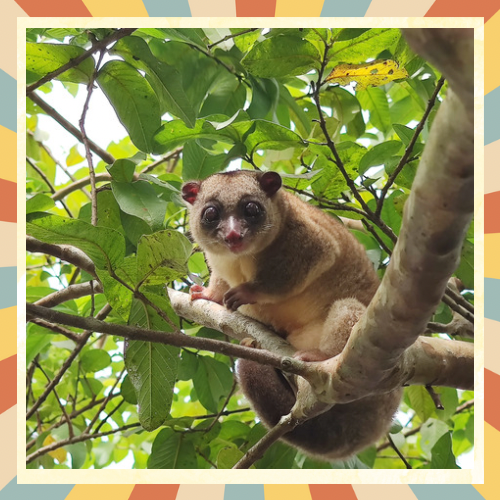
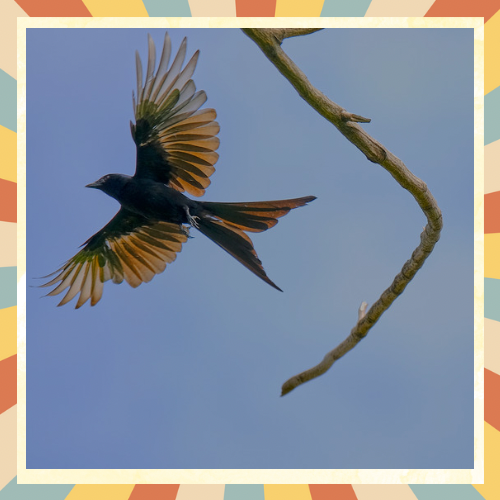
Bird Paradise is a captivating sight in Wallace a with the helmeted friarbird and Wallacean drongo displaying distinctive adaptations and behaviors that are truly remarkable. The Moluccas and Sulawesi are renowned, for their varied bird population as well.
Bali and Lombok exhibit a striking duality despite being close to each other geographically. Speaking of their compositions reveals significant differences between the two islands – situated only 35 kilometers apart, from each other; the notable Lombok Strait serves as a natural boundary that prevents the unique Asian and Australasian species from intermingling with one another.
Final Thoughts
Wallaces Line stands as a reminder of how natural obstacles influence the spread of life on our planet Earth. In this boundary lie two different biogeographical zones brimming with their own special creatures and evolutionary wonders. From Borneos tigers and orangutans, to the Lesser Sundas marsupials and Komodo dragons the islands flanking Wallaces Line showcase the variety of life that has developed over centuries.
References
1. Wallace, A. R. (1869). The Malay Archipelago. Macmillan.
2. van Oosterzee, P. (1997). Where Worlds Collide: The Wallace Line. Cornell University Press.
3. Whitten, A. J., Mustafa, M., & Henderson, G. S. (2002). The Ecology of Sulawesi. Oxford University Press.
4. Coates, B. J., & Bishop, K. D. (1997). A Guide to the Birds of Wallacea. Dove Publications.


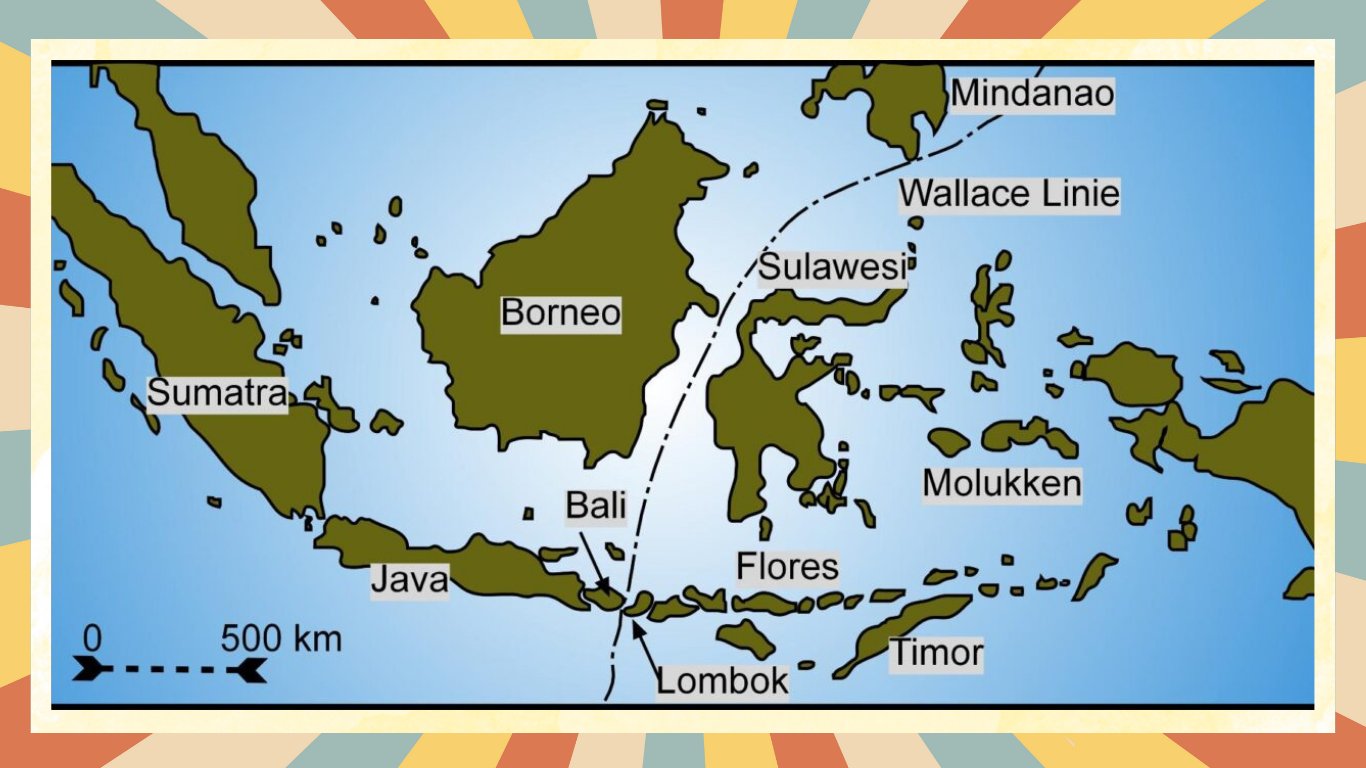


Thanks for sharing. I read many of your blog posts, cool, your blog is very good.
Thanks for sharing. I read many of your blog posts, cool, your blog is very good.
Thanks for sharing. I read many of your blog posts, cool, your blog is very good.
Thanks for sharing. I read many of your blog posts, cool, your blog is very good.
Thanks for sharing. I read many of your blog posts, cool, your blog is very good.